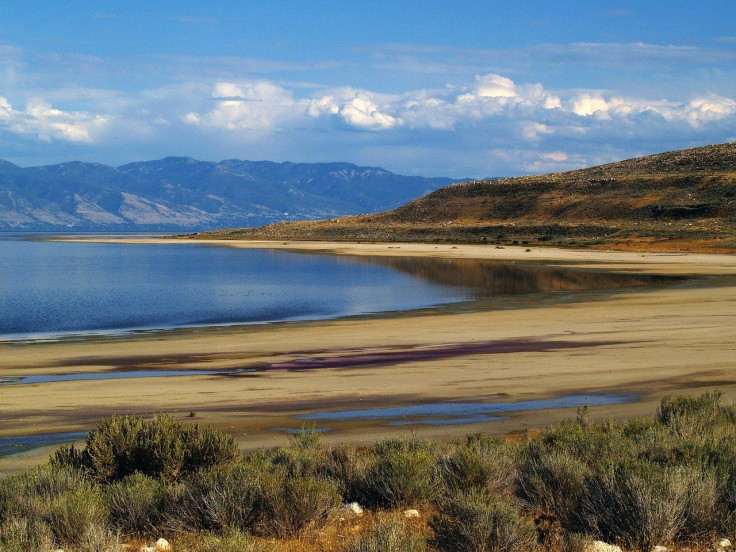'Sludge' In Utah's Great Salt Lake Caused By Eggs, Not Oil
KEY POINTS
- Park authorities shared photos of the Great Salt Lake covered in brown sludge that looked like an oil spill
- The thick sludge is actually "thousands" of brine shrimp eggs
- Brine shrimps are considered a "keystone species" because of their contribution to the ecosystem
Utah's Great Salt Lake is covered in a thick sludge but it's not because of an oil spill. According to park officials, the "slick" is actually thousands of floating shrimp eggs.
Last week, the Great Salt Lake State Park & Marina shared photos of the famous lake covered in thick, brown sludge that looked rather like an oil spill. However, if examined closely, people can actually see not oil but "thousands of floating eggs," the authorities said.
"Every year we have harvesters come to the lake to collect 'slicks' of brine shrimp cysts," park authorities explained in the post. "The cold temperatures of fall/winter cause brine shrimp to produce dormant cysts as a form of 'cryptobiosis.' In good conditions, these cysts will come together and form a slick."
See posts, photos and more on Facebook.
Although the lake is indeed salty, it is actually teeming with life, the Utah government explained in a document about the Great Salt Lake. One of the life forms that thrives in these conditions is brine shrimp. The small arthropods can be found in high concentrations in the lake from April to September.
Brine shrimp cannot tolerate colder temperatures. Their eggs typically hatch within the females, which then give birth to live shrimp every two or three days. But during colder seasons, they instead lay "trillions of eggs" that remain on the surface of the water until it gets warm enough for the eggs to hatch.
"The eggs are so small that 150 eggs can fit on the head of a pin. Commercial harvesting of the eggs is a multi-million dollar industry," the state explained in the document. "Dried brine shrimp eggs can lay dormant for many years and hatch when placed in salt water."
The brine shrimp and brine fly are considered as "keystone species" because of their massive effect on the Great Salt Lake's ecosystem.
"The removal of these two species would change the basic nature of the ecological community," the state said. "Brine shrimp and brine flies make life possible on and in Great Salt Lake."

© Copyright IBTimes 2025. All rights reserved.






















